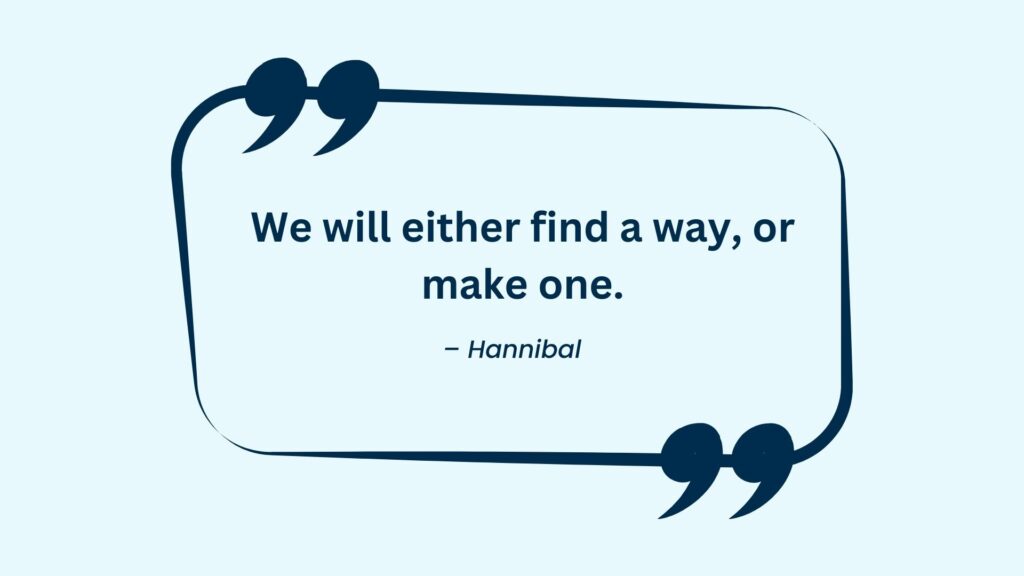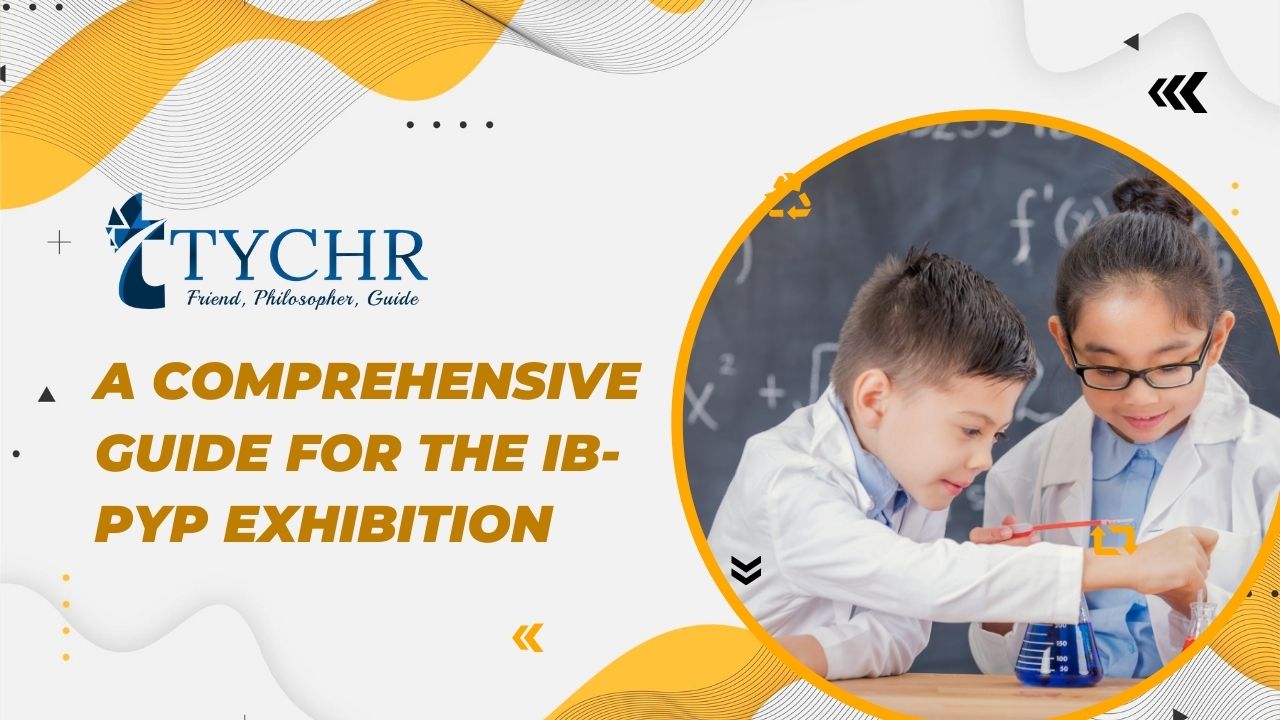Table of Contents [hide]
Are you looking for an informative guide to the IB-PYP Exhibition? If so, you’ve come to the right place! In this blog post, you’ll find everything you need to know about the IB-PYP Exhibition, including details about what it is, when it might happen, and the roles of teachers and students before, during and after the exhibition. We’ll also discuss the process of the exhibition and provide examples of successful exhibitions. By the end of this post, you will have a comprehensive understanding of the IB-PYP Exhibition and be ready to take part in it.
What is the IB-PYP Exhibition?
The IB-PYP Exhibition is an inquiry-based learning project that serves as the culmination of a student’s primary years of education in the International Baccalaureate (IB) Primary Years Programme (PYP). It is designed to help students develop a range of skills, including critical thinking, communication skills, presentation skills, and problem-solving.
The exhibition is also an opportunity for students to reflect on their learning journey and apply the attributes of the IB learner profile, such as being knowledgeable, principled, reflective, and open-minded.
The exhibition is a collaborative learning experience that involves students working together in groups to explore real-world problems related to a central theme.
This year-long process provides students with the opportunity to take ownership of their learning, engage in transdisciplinary learning, and develop their inquiry skills. It is a student-centred learning experience, and students have agency over their learning throughout the entire process.
Teacher guidance is also an important aspect of the exhibition. Teachers support students in developing their ideas, research, and skills needed to complete the project successfully. Teachers also integrate the exhibition into the curriculum, making connections across subject areas and incorporating community involvement.
When does the exhibition happen?
The IB-PYP Exhibition is a culminating event for fifth-grade students, marking the end of their primary years programme (PYP). This exhibition typically takes place towards the end of the academic year, providing ample time for students to engage in self-reflection, action-oriented learning, and real-world problem-solving. The exhibition is not only an opportunity for students to showcase their knowledge and skills, but it is also a chance for them to take ownership of their learning outcomes.
The exhibition is a significant undertaking, requiring extensive planning and preparation from both teachers and students. As a result, the process of organising and executing the exhibition is integrated into the curriculum, providing students with an immersive learning experience that aligns with the IB’s inquiry-based approach to education.
The exhibition’s curriculum integration encourages students to engage in transdisciplinary learning, exploring connections between different subjects to solve complex problems. Students must apply their knowledge and skills to a real-world issue, utilising critical thinking and problem-solving strategies to find meaningful solutions.
Roles of teachers and students in the exhibition
One of the essential aspects of the IB-PYP Exhibition is that it emphasises student ownership. The exhibition provides a unique opportunity for students to showcase their learning, skills, and creativity to the wider community. In this section, we will look at the different roles of teachers and students in the exhibition process.
Teachers play a critical role in supporting and guiding students through the exhibition process. Teachers are responsible for helping students understand the purpose and goals of the exhibition and providing them with resources, feedback, and assistance as needed. Teachers also help students develop their research skills, organise their thoughts and ideas, and create a compelling and engaging presentation.
However, it’s crucial to emphasise that the primary role in the exhibition process is that of the students. Students take ownership of the exhibition and are responsible for all aspects of the process, from identifying a research question to designing and delivering the final presentation.
Students collaborate with their peers, identify areas of interest, and work towards developing a deeper understanding of their chosen topic. They conduct research, analyse data, and present their findings in a creative and compelling way. This process allows students to develop critical thinking and problem-solving skills, as well as improve their communication and collaboration abilities.
Overall, the IB-PYP Exhibition is an opportunity for students to take ownership of their learning, develop essential skills, and showcase their abilities to the wider community. By emphasising student ownership and allowing them to take charge of the exhibition process, teachers help create an environment where students can thrive and grow.
The process of the exhibition
The IB-PYP Exhibition is a culminating event for students in their final year of the Primary Years Programme (PYP). The exhibition is a student-led, inquiry-based project that requires students to collaborate, plan, and execute a project related to a real-world issue or problem. The process of the exhibition is broken down into several stages.
Stage 1 Research and Planning
The first stage of the exhibition involves students researching and selecting a topic of interest. They work with their peers to form a group and identify an issue that they want to address. This stage requires extensive research, including the use of primary and secondary sources. Students also work to create a plan outlining the steps they need to take to complete their project.
Stage 2 Taking Action
The second stage of the exhibition involves students taking action to address the issue they identified during the planning stage. This could involve anything from creating a public service announcement, organising a fundraiser, or designing and building a prototype of a product. The important thing is that students take action and work towards making a positive change.
Stage 3 Reflecting and Presenting
The final stage of the exhibition is all about reflection and presentation. Students reflect on what they have learned throughout the process, the challenges they faced, and the successes they achieved. They then prepare and present their project to their peers, parents, and teachers. This presentation is an opportunity for students to showcase their hard work, knowledge, and understanding of their chosen topic.
Overall, the process of the IB-PYP Exhibition is designed to be a collaborative and reflective experience for students. It challenges them to think critically, work creatively, and develop a sense of responsibility towards their community. Through the exhibition, students gain important skills such as research, communication, collaboration, and self-management, which they can apply in their future studies and personal lives.
Also read PYP Wrapped Up For You

Examples of past exhibitions
“Sharing the Planet” at Nord Anglia Education
The transdisciplinary theme for this exhibition was “Sharing the Planet,” and the United Nations’ Global Goals for Sustainable Development served as a springboard for inquiry and action. Students worked collaboratively in teams, with mentors and teachers guiding them along the way. The groups devoted several weeks to this undertaking, which allowed them to take a deep dive into the topic of their choosing. From raising awareness of ocean pollution through art to debates about renewable energy, students used their skills to share their newfound knowledge
Through small actions, everyone can make an impact” at Whitney Young Elementary
This exhibition’s central idea was “Through small actions, everyone can make an impact.” Students engaged in a collaborative transdisciplinary inquiry process that involved them in identifying, investigating, and offering solutions to real-life issues or problems. The exhibition provided an opportunity for students to exhibit the attributes of the IB learner profile that had been developing throughout their engagement with the PYP.
“It’s Our Planet” at Zhuhai International School
Students created a song for their PYP Exhibition 2021, titled “It’s Our Planet.” The song reflects the theme of the exhibition and highlights the importance of taking care of the planet.
How We Organise Ourselves” at McKinley Elementary
The central idea for this exhibition was “How We Organise Ourselves.” Students engaged in a collaborative inquiry process that involved them in identifying, investigating, and offering solutions to real-life issues or problems. Parents, staff, community members, and students from McKinley were invited to attend the 5th Grade Exhibition held during Spring Open House.
To better understand what the IB-PYP Exhibition entails, let’s take a look at some successful past exhibitions. One example is from the Singapore American School, where students created projects related to the central idea of “Equality in Action.” One group created a documentary on gender inequality in the workplace, while another created a community garden to promote sustainable food practices.
Another example comes from the American International School of Kuwait, where students tackled the theme of “Taking Action Past, Present, and Future.” One group researched the history of women’s suffrage in Kuwait, while another created an interactive museum exhibit on environmental issues.
these examples showcase the diverse range of topics and projects that students can undertake during the IB-PYP Exhibition. By choosing a theme that is relevant to their community and the world at large, students are able to engage in meaningful and impactful work that extends beyond the classroom walls.
Throughout these exhibitions, students have demonstrated their ability to work collaboratively in teams, guided by mentors and teachers, while engaging in an inquiry-based approach. They have actively identified, investigated, and offered solutions to real-world problems, allowing them to deepen their knowledge and take meaningful action. These exhibitions have not only empowered students to make a positive impact on their communities and the world, but also fostered a supportive environment that encourages student agency, self-reflection, and growth. Serving as a bridge between the PYP and the larger community, the exhibitions involve parents, staff, and community members in the students’ learning journey, creating a holistic and inclusive educational experience.







